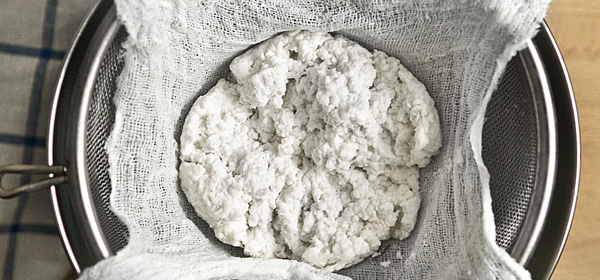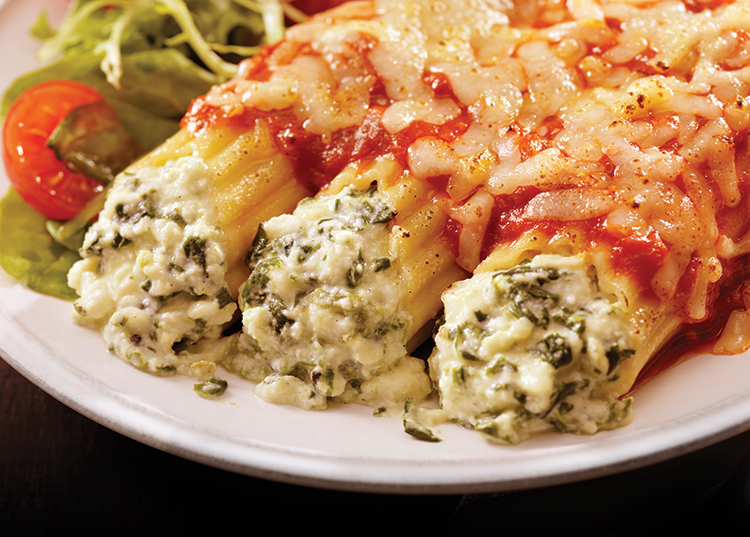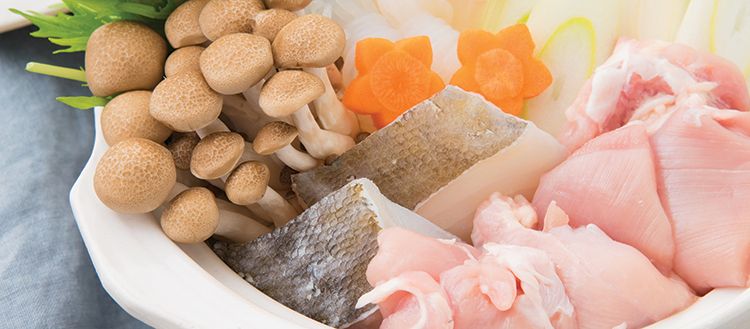 Story by Felicia D’Ambrosio | Photo by Michael Persico
Story by Felicia D’Ambrosio | Photo by Michael Persico
Resembling a pot of creamy, green-flecked pebbles, the addictive herbed farmer’s cheese made by Sue Miller of Birchrun Hills Farm materializes unpredictably enough to make its every farmers market appearance memorable. Sweet, milky and deliciously versatile, farmer’s cheese is just a bottle of milk and a squeeze of lemon away when you can’t get your Birchrun Hills fix.
No special ingredients or equipment are required; a clean, thin T-shirt in a single layer can even pinch-hit here for cheesecloth. A quart of milk produces just about a cup and a half of tender curds, and the protein-rich liquid whey can be used to make soup, oatmeal or as a smoothie base.
Since the flavor of your cheese will depend on the milk you choose, buy the best whole, local milk you can afford; reduced-fat or skim milk makes tough, flavorless cheese. Supermarket milk can work, but since it’s likely traveled a long distance and been continuously (as opposed to batch) pasteurized, may not produce luscious results. Pick up the cream of the crop at Fair Food Farmstand in the Reading Terminal Market (12th and Arch), Green Aisle Grocery (1618 E. Passyunk Ave.), Almanac Market (900 N. Fourth St.) and Essene (719 S. Fourth St.).
Farmer’s Cheese
recipe by Janina A. Larenas
Yield: 1 1/2 cups
4 cups (1 quart) local whole milk, not ultra-pasteurized
1/4 cup lemon juice
1/4 tsp. salt
- Line a colander or mesh sieve with several layers of cheesecloth and then dampen with water. Place over a bowl that will allow plenty of room for liquid whey to drain from solid curds.
- Pour milk into heavy-bottomed pot and set over medium heat; add salt. Stir often to prevent milk from scorching and sticking to bottom and sides of pot.
- When milk is just about to boil (180 degrees F), remove from heat and add lemon juice, stirring slowly with a wooden spoon. The milk will immediately separate into curds and whey. If it does not separate, add more lemon juice a little at a time. Let stand 10 minutes.
- Gently pour curds and whey into lined colander to drain. Allow to stand 10 more minutes; then gather up edges of cheesecloth and gently twist to strain out excess whey.
- If you desire a ricotta-like cheese, you’re done. For a creamy, spreadable cheese, add a tablespoon or two of heavy cream and mix. If you’d prefer a sliceable, paneer-like cheese, wrap curds in cheesecloth and place on a wooden cutting board (to help drain/absorb water) and set a weighted plate on top. Allow to rest for 4 to 8 hours or overnight. Slice and use in recipes calling for mild cheeses.
Variations:
- Infuse salted milk with stalks of rosemary; curdle and strain as usual. Layer in lasagna; drop tablespoons into pasta dishes to finish.
- Infuse very lightly salted milk with lavender buds or whole mint stalks; curdle and strain as usual. Whip drained curds with two tablespoons heavy cream, and simple syrup to taste (equal parts near-boiling water and sugar); use to top waffles, pancakes and fresh fruit, or stuff French toast.
- Gently mix drained curds with chopped fresh or dried herbs, like parsley, chervil, thyme and chives. Stir herbed cheese into eggs, or spread on bread for sandwiches with radishes, cucumbers, avocado and sprouts.




